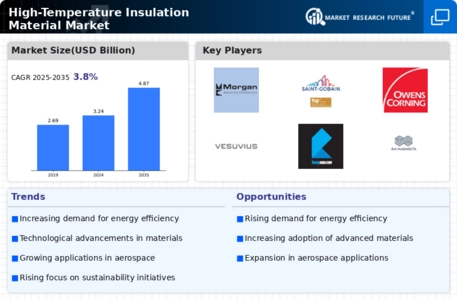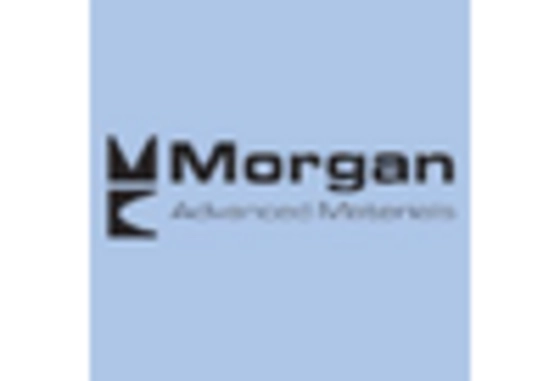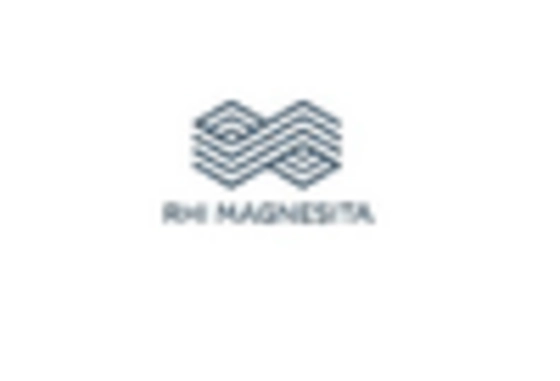Growth in Renewable Energy Sector
The High-Temperature Insulation Material Market is poised for growth due to the increasing investments in the renewable energy sector. As the world shifts towards sustainable energy sources, technologies such as solar thermal and geothermal energy are gaining traction. These technologies often require high-temperature insulation materials to optimize performance and ensure safety. For example, solar thermal plants utilize insulation to maintain the efficiency of heat transfer systems. The expansion of renewable energy projects is likely to drive the demand for high-temperature insulation materials, as these materials play a crucial role in enhancing the efficiency and reliability of renewable energy systems. This trend suggests a promising outlook for the market.
Expansion of Industrial Applications
The High-Temperature Insulation Material Market is witnessing an expansion in its applications across various industrial sectors. Industries such as petrochemicals, power generation, and manufacturing are increasingly adopting high-temperature insulation materials to improve energy efficiency and reduce operational costs. For example, in the petrochemical sector, the need for thermal insulation in high-temperature processes is critical for maintaining efficiency and safety. The power generation industry also relies on these materials to enhance the performance of turbines and boilers. As industries strive for greater efficiency and sustainability, the demand for high-temperature insulation materials is expected to rise, indicating a robust growth trajectory for the market.
Increasing Energy Efficiency Regulations
The High-Temperature Insulation Material Market is being shaped by the increasing implementation of energy efficiency regulations across multiple sectors. Governments and regulatory bodies are emphasizing the need for improved energy performance in industrial processes, which often necessitates the use of high-temperature insulation materials. For instance, regulations aimed at reducing greenhouse gas emissions are prompting industries to adopt insulation solutions that minimize energy loss. This regulatory push is likely to create a favorable environment for the high-temperature insulation market, as companies seek compliant materials that enhance energy efficiency while adhering to environmental standards. The alignment of market offerings with regulatory requirements could further stimulate demand.
Technological Innovations in Material Science
Technological advancements in material science are significantly influencing the High-Temperature Insulation Material Market. Innovations such as the development of aerogels and advanced ceramic fibers are enhancing the performance characteristics of insulation materials. These new materials offer superior thermal resistance and lightweight properties, making them ideal for high-temperature applications. The introduction of nanotechnology in insulation materials is also promising, as it could lead to even greater thermal efficiency. As manufacturers continue to invest in research and development, the market is likely to see a proliferation of innovative products that meet the evolving needs of various industries, thereby driving market growth.
Rising Demand in Aerospace and Automotive Sectors
The High-Temperature Insulation Material Market is experiencing a notable surge in demand, particularly from the aerospace and automotive sectors. These industries require materials that can withstand extreme temperatures while maintaining structural integrity. For instance, the aerospace sector is projected to grow significantly, with an expected increase in aircraft production. This growth necessitates advanced insulation materials that can endure high thermal stress. Similarly, the automotive industry is shifting towards electric vehicles, which often require high-temperature insulation to protect sensitive components. The increasing focus on performance and safety in these sectors is likely to drive the demand for high-temperature insulation materials, thereby enhancing the market's growth prospects.

















Leave a Comment